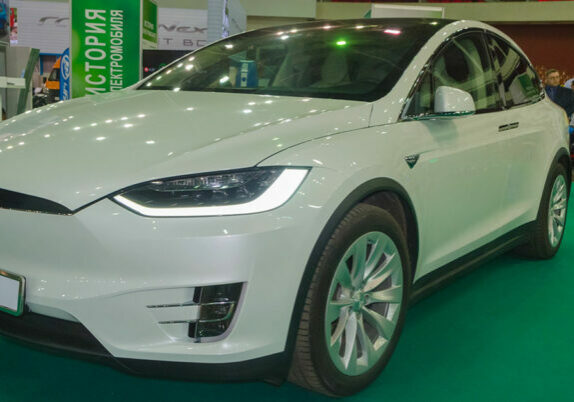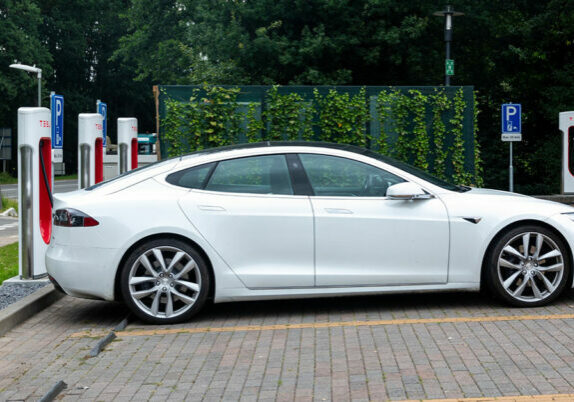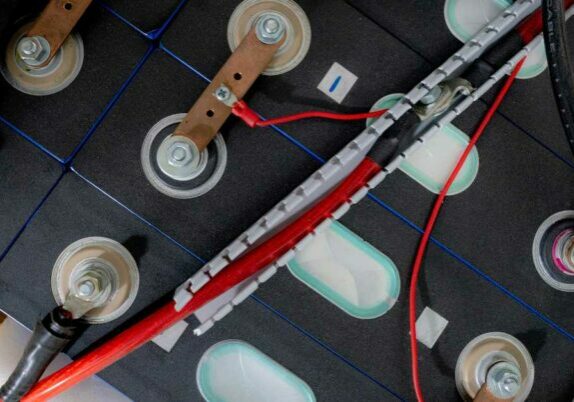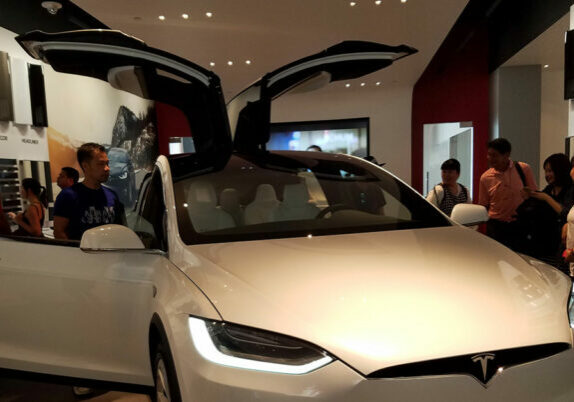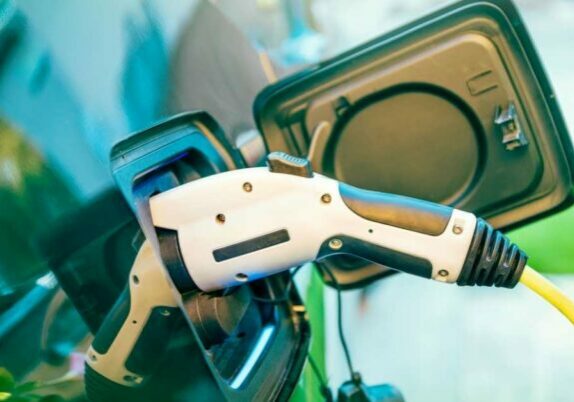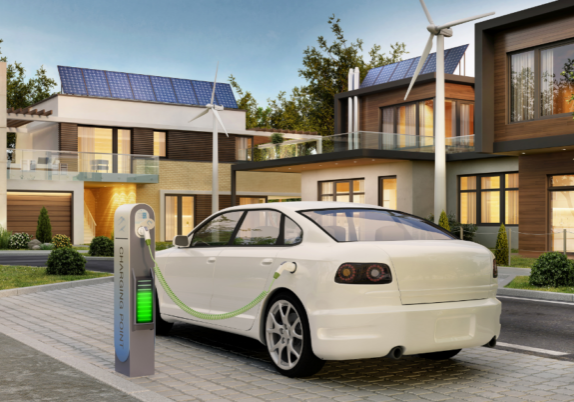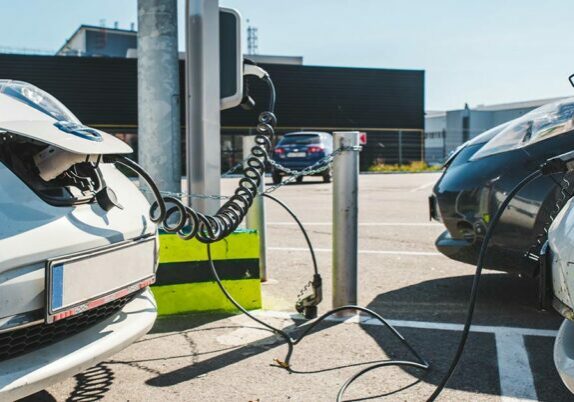Do you own an electric car and live in a region with cold weather? If so, you may be wondering whether you need to warm up your electric car before driving it. The answer to this question is not straightforward, as it depends on several factors, including the type of electric car you own and the severity of the weather conditions.
Before delving into whether or not electric cars need to be warmed up, it’s essential to understand how they work. Electric cars run on batteries that power an electric motor, rather than a traditional gasoline engine. This design means that electric cars don’t have a combustion engine and therefore don’t produce emissions like gasoline vehicles do.
Despite these differences, many drivers still follow traditional practices for warming up gas-powered vehicles during colder months. But is this necessary for electric cars too? Let’s find out.
Key Takeaways
- Electric cars do not need to warm up like gas-powered cars.
- However, preheating an electric car before driving can increase efficiency by 20%.
- Modern electric cars are designed to operate in cold weather without warm-up time.
- Skipping warming up an electric car saves time and improves energy efficiency.
Understanding the Basics of Electric Cars
Electric cars don’t need to warm up like traditional gas-powered cars, as they’re always ready to hit the road with their silent and efficient power. Unlike gasoline engines that require a few minutes of idling before driving, electric cars can be driven immediately after turning on. This is because electric motors have fewer moving parts than gasoline engines and don’t produce as much heat.
One important factor to consider when it comes to electric cars is charging time. While most gas-powered vehicles can be filled up in a matter of minutes, charging an electric car can take several hours depending on the size of the battery. However, many EV owners choose to charge their vehicles overnight or during work hours so that the car is fully charged and ready for use by the time they need it.
Another key aspect of owning an electric car is battery life. Over time, batteries lose some of their ability to hold a charge which means that drivers may need to replace them at some point in the vehicle’s lifespan. However, with proper maintenance and care, many EV owners report that their batteries last for years without needing replacement.
Overall, while there are some unique considerations when it comes to owning an electric car, these vehicles offer numerous benefits such as lower emissions and less reliance on fossil fuels.
The Traditional Practice of Warming Up Cars
You’re probably used to wasting precious minutes waiting for your vehicle to reach the perfect operating temperature before hitting the road. This traditional warming method involves letting your car idle for a few minutes, while you sit inside and wait.
However, this practice is not necessary for electric cars. Electric vehicles have a different type of engine that operates more efficiently at lower temperatures. In fact, starting your electric car cold has no significant impact on its performance or longevity. Unlike gas-powered engines that benefit from warming up, electric motors deliver maximum torque from the moment they start.
The traditional warming methods may have some negative impacts on gas-powered engines. It can cause unnecessary wear and tear on the engine components such as cylinders, pistons, and rings due to incomplete combustion during warm-up periods. Moreover, it wastes fuel and emits harmful pollutants into the environment unnecessarily.
Therefore, if you own an electric car, save yourself some time by skipping this outdated practice of warming up your vehicle before driving away!
How Electric Cars Work
Get ready to learn how these innovative vehicles operate! Electric cars run on batteries, which means they don’t have an engine like traditional gasoline-powered vehicles. Instead, they use an electric motor to power the wheels. This means you won’t hear the sound of a revving engine when you start your electric car.
To get started with your electric car, you need to make sure it’s charged up. Electric car charging can take anywhere from a few minutes to several hours depending on the type of charger and battery capacity. It’s important to keep your car charged regularly so you don’t get stuck in the middle of nowhere with no power left.
Battery maintenance is also crucial for keeping your electric car running smoothly. Unlike gasoline cars where you need regular oil changes and other maintenance tasks, electric cars require minimal maintenance. However, it’s still important to keep an eye on your battery health and replace it if necessary.
With proper care, your electric car can last for many years without any major issues. Understanding how electric cars work is essential for anyone considering making the switch to this eco-friendly mode of transportation. By keeping your battery charged and well-maintained, you’ll be able to enjoy all the benefits of driving an electric vehicle without any worries about performance or reliability issues down the road.
Factors that Affect Electric Car Performance in Cold Weather
When the temperature drops, it’s important to remember that your electric car’s performance may be affected by several factors. One of these is battery capacity.
Cold weather can cause your battery to lose its charge more quickly than at warmer temperatures, which can reduce your driving range and leave you stranded if you’re not careful. To avoid this, make sure to keep your car parked in a garage or other sheltered area when possible, and use a preheating feature if available.
Another factor that can affect your electric car’s performance in cold weather is charging time. If you’re using a slow charger or one with a lower amperage rating, it may take longer for your battery to reach full capacity when the outside temperature is low.
This means that you’ll need to plan ahead and allow extra time for charging before heading out on long trips or errands. Overall, it’s important to remember that while electric cars offer many benefits over traditional gasoline-powered vehicles, they do require some special care during cold weather months.
By paying attention to factors like battery capacity and charging time, you can help ensure that your electric car performs as well as possible all year round. So be sure to stay informed and take good care of your vehicle – after all, it’ll pay off in the long run!
Do Electric Cars Need to Warm Up?
If it’s chilly outside, it’s a good idea to let your electric vehicle sit idle for a few minutes before driving. This is because electric cars require a certain temperature range for optimal performance.
When the temperature drops below freezing, the batteries in an electric vehicle can lose up to 40% of their capacity, making them less efficient and reducing the car’s overall range.
However, once you start driving your electric car, there is no need to warm it up further. Unlike traditional gasoline-powered vehicles that require several minutes of idling to warm up the engine, electric cars do not have an internal combustion engine that needs to be warmed up.
In fact, idling your electric vehicle can actually have a negative environmental impact as it wastes energy and contributes to air pollution.
In addition to efficiency benefits and reducing environmental impact, avoiding unnecessary idling also helps extend the life of your electric car’s battery.
So next time you’re getting ready to hit the road in your EV on a chilly morning, remember that while letting it sit idle for a few minutes may be helpful for optimal performance, there is no need to continue warming it up once you start driving.
Benefits of Not Warming Up Your Electric Car
Now that we know electric cars don’t need to warm up, let’s explore the benefits of not doing so. By skipping this step, you can save precious time in your daily routine. Without having to wait for the car to heat up, you can simply get in and go. This is especially useful during colder months when every minute counts.
In addition to saving time, not warming up your electric car also improves its energy efficiency. When the car is idle, it consumes energy from the battery to power heating systems. By avoiding this extra drain on the battery, you can extend its lifespan and reduce the frequency of charging sessions. This translates into long-term cost savings and a more sustainable use of resources.
Overall, there are clear benefits to breaking away from old habits and skipping the traditional practice of warming up your car before driving off. Not only do you save time but also improve energy efficiency and prolong battery life – two key factors that contribute towards a more environmentally friendly lifestyle.
- Saves Time
- Improves Energy Efficiency
- Extends Battery Lifespan
Tips for Cold Weather Driving
When driving in cold weather, there are a few key tips you should keep in mind to ensure optimal performance from your electric car.
First, consider preheating your vehicle before driving, as this will help improve overall efficiency and reduce wear on the battery.
Additionally, make sure you’re using winter tires designed specifically for cold conditions, which will provide better traction and handling on icy or snowy roads.
Finally, if possible, park in a garage or other covered area to protect your car from the elements and allow it to retain heat more effectively.
Preheating Your Car
To preheat your electric car before driving, simply set a timer in the morning to ensure you have a fully charged battery and can warm up the interior without using excess energy, which can decrease range. This simple step not only ensures a comfortable ride but also helps optimize your EV’s efficiency.
Studies show that preheating an EV for just 15 minutes can increase its efficiency by up to 20%. The convenience of remote start makes this process even easier, as you can activate the heating system from inside your home or office.
Preheating also reduces wear and tear on your car’s battery, making it last longer and perform better over time. So, next time you plan to drive an electric vehicle in cold weather, remember to preheat it first for maximum efficiency and comfort on the road.
Using Winter Tires
Get the most out of your winter driving experience by switching to winter tires on your electric vehicle. Here are some things to consider when choosing winter tires:
- Winter tires have deeper treads that provide better traction in snow, slush, and ice.
- They’re made of a softer rubber compound that stays pliable in colder temperatures, which helps maintain grip on the road.
- Winter tires also have grooves and sipes (tiny cuts) that help channel water away from the tire’s surface, reducing hydroplaning.
Make sure to check your tire pressure regularly during the winter months. Cold weather can cause air pressure in your tires to drop, which can affect handling and fuel efficiency.
Lastly, don’t forget to switch back to all-season or summer tires once spring rolls around. Winter tires aren’t designed for warm weather driving and will wear out faster if used year-round.
By investing in a set of quality winter tires for your electric car, you’ll be able to handle whatever Mother Nature throws at you with confidence and ease. Just remember to keep an eye on your tire pressure and switch back to regular tires once warmer weather arrives.
Parking in a Garage
Parking your electric vehicle in a garage not only provides protection from the elements, but also gives you peace of mind knowing that your car is safe and secure. However, it’s important to ensure that your garage has proper ventilation systems in place to prevent any buildup of harmful gases, such as carbon monoxide. Installing carbon monoxide detectors can also provide an added layer of safety.
When parking your electric car in a garage, it’s important to be mindful of charging the battery. While many electric cars have built-in safety features to prevent overcharging or overheating, it’s still important to follow manufacturer guidelines for charging. Additionally, make sure that the garage is well ventilated during the charging process to avoid any potential fire hazards.
To help you better understand how to properly park and charge your electric car in a garage, we’ve included a table below outlining some key considerations:
| Consideration | Importance |
|---|---|
| Proper Ventilation | Essential |
| Carbon Monoxide Detectors | Highly Recommended |
| Following Manufacturer Guidelines for Charging | Essential |
| Garage Temperature Control | Recommended |
By following these guidelines and taking necessary precautions, you can safely park and charge your electric car in a garage without any worry.
Conclusion and Final Thoughts
You might be surprised to learn that warming up your electric car isn’t necessary, so let’s wrap up with some final thoughts.
While preheating your car can have benefits such as increased comfort and battery efficiency, it’s not necessary for the overall health of your electric vehicle. In fact, modern electric cars are designed to operate in cold weather without any warm-up time.
One thing to keep in mind is the impact of cold weather on battery life. When temperatures drop, the chemical reactions within the battery slow down, resulting in reduced performance. However, this doesn’t mean you don’t need to warm up your car before driving it. Instead, focus on keeping your battery charged and avoiding excessive idling or high-speed driving in cold weather.
In conclusion (just kidding), remember that electric cars don’t need a warm-up period like traditional gas-powered vehicles. While preheating can have its benefits, it’s not essential for the overall health of your EV. Rather than worrying about warming up your car before driving it in cold weather, focus on keeping your battery charged and driving responsibly to avoid unnecessary wear and tear on your vehicle.
Conclusion
Overall, it’s not necessary to warm up your electric car before driving in cold weather. In fact, doing so may actually decrease the efficiency of your vehicle and waste energy.
According to a study by the American Automobile Association (AAA), idling an electric vehicle for just 10 minutes can reduce its range by up to 40%.
Instead of warming up your car, there are several tips you can follow to optimize performance in cold weather. These include preheating your car while it’s still plugged in, using heated seats instead of relying solely on the cabin heater, and avoiding aggressive acceleration and braking.
By following these guidelines, you can help maintain the longevity of your electric car’s battery and ensure optimal performance year-round.

